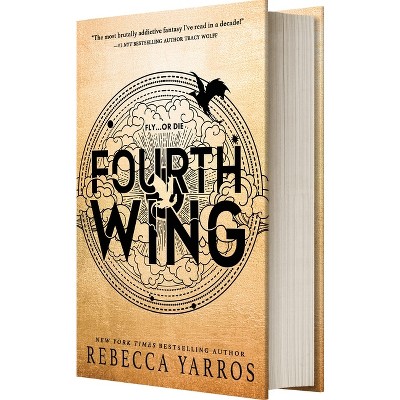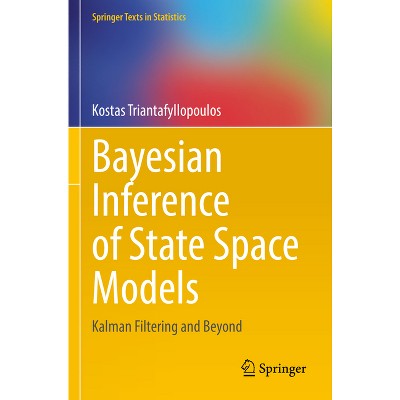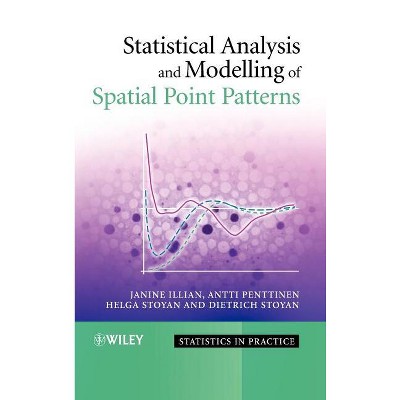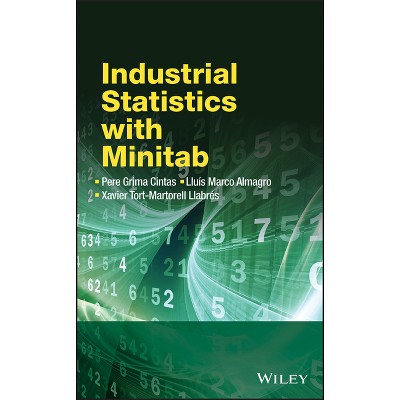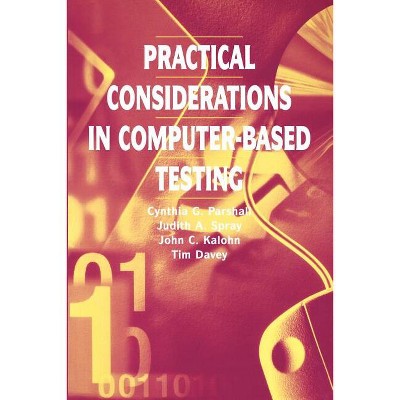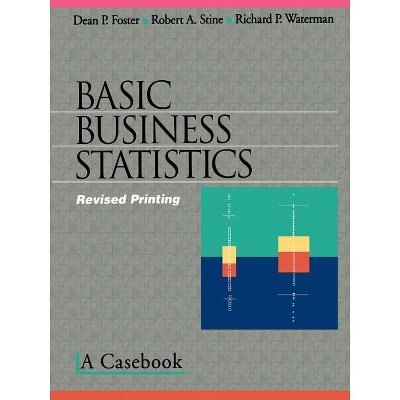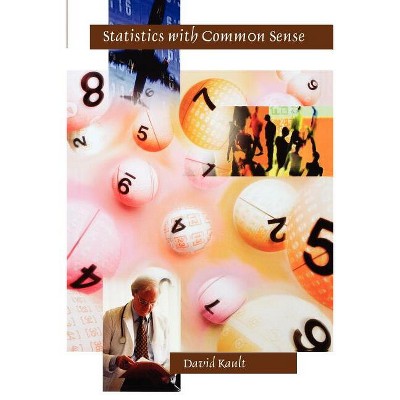About this item
Highlights
- Statistic: A Concise Mathematical Introduction for Students and Scientists offers a one academic term text that prepares the student to broaden their skills in statistics, probability and inference, prior to selecting their follow-on courses in their chosen fields, whether it be engineering, computer science, programming, data sciences, business or economics.
- About the Author: DAVID W. SCOTT is the Noah Harding Professor of Statistics at Rice University in Houston, Texas.
- 180 Pages
- Mathematics, Probability & Statistics
Description
About the Book
"The field of statistics has a rich history that has become tightly integrated into the emerging field of data sciences. Collaboration with computer scientists, numerical analysts, and decision makers characterizes the field. The role of statistics and statisticians is to find actionable information in a noisy collection of data. Every field of academic endeavor encounters this problem: from the electrical engineer trying to find a signal in a noisy channel to an English professor trying to determine the authorship of a contested newly discovered manuscript. There are two basic tasks for the statistician. First is to characterize the distribution of possible outcomes using a batch of representative data. An actuary may be asked to find a dollar loss for car accidents that is not exceeded 99.999% of the time. An economist may be asked to provide useful summaries of a collection of income data. The histogram is our primary tool here, an idea that did not appear until the 17th century; see Graunt (1662)."--Book Synopsis
Statistic: A Concise Mathematical Introduction for Students and Scientists offers a one academic term text that prepares the student to broaden their skills in statistics, probability and inference, prior to selecting their follow-on courses in their chosen fields, whether it be engineering, computer science, programming, data sciences, business or economics.
The book places focus early on continuous measurements, as well as discrete random variables. By invoking simple and intuitive models and geometric probability, discrete and continuous experiments and probabilities are discussed throughout the book in a natural way. Classical probability, random variables, and inference are discussed, as well as material on understanding data and topics of special interest.
Topics discussed include:
- Classical equally likely outcomes
- Variety of models of discrete and continuous probability laws
- Likelihood function and ratio
- Inference
- Bayesian statistics
With the growth in the volume of data generated in many disciplines that is enabling the growth in data science, companies now demand statistically literate scientists and this textbook is the answer, suited for undergraduates studying science or engineering, be it computer science, economics, life sciences, environmental, business, amongst many others. Basic knowledge of bivariate calculus, R language, Matematica and JMP is useful, however there is an accompanying website including sample R and Mathematica code to help instructors and students.
From the Back Cover
Statistics: A Concise Mathematical Introduction for Students, Scientists, and Engineers offers a one academic term text that prepares the student in statistics, probability and inference, prior to selecting follow-on courses in his/her chosen fields, whether it be engineering, computer science, programming, data sciences, business or economics.
The book places early focus on continuous measurements, as well as discrete random variables. By invoking simple and intuitive models and geometric probability, discrete and continuous experiments, classical probability, and inference are discussed throughout the book, as well as material on understanding data and topics of special interest.
Topics covered in the book include:
- Classical, equally likely outcomes and counting methods
- Variety of models of discrete and continuous probability laws
- Likelihood function, ratio, and maximum likelihood
- Inference, testing, and confidence intervals
- Bayesian statistics, regression, and simulation
Due to the rapid growth of data science, companies now demand statistically literate scientists and this textbook is the answer, suited for undergraduates studying science or engineering, be it computer science, economics, life sciences, environmental, business, amongst many others. Basic knowledge of bivariate calculus, R language, Mathematica and JMP is useful; however, there is an accompanying online resource that includes sample R and Mathematica code as well as homework and exam problems to help instructors and students.
About the Author
DAVID W. SCOTT is the Noah Harding Professor of Statistics at Rice University in Houston, Texas. He is a Fellow of the ASA, IMS, AAAS, an elected member of the ISI and received the 2004 Army Wilks Award and the 2008 ASA Founder's Award. He was formerly the Editor of the Journal of Computational and Graphical Statistics and currently serves as Co-Editor of Wiley Interdisciplinary Reviews: Computational Statistics. He is also the author of Multivariate Density Estimation: Theory, Practice, and Visualization.
Shipping details
Return details
Trending Poetry


